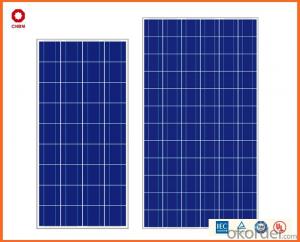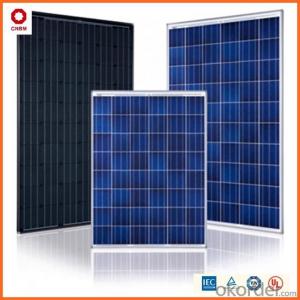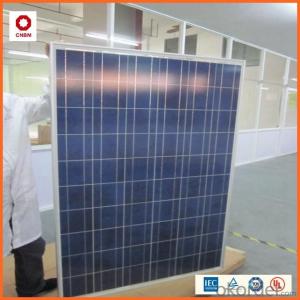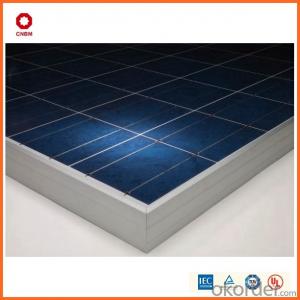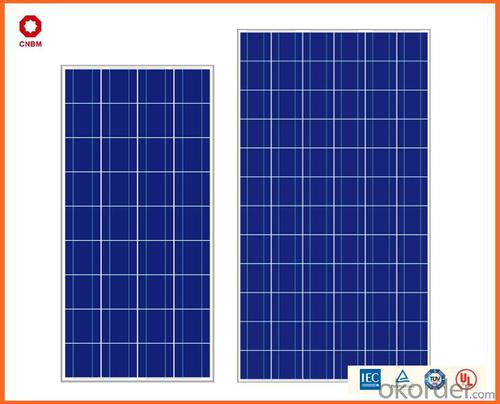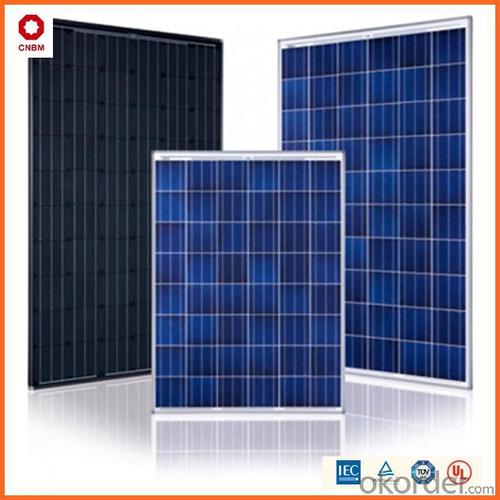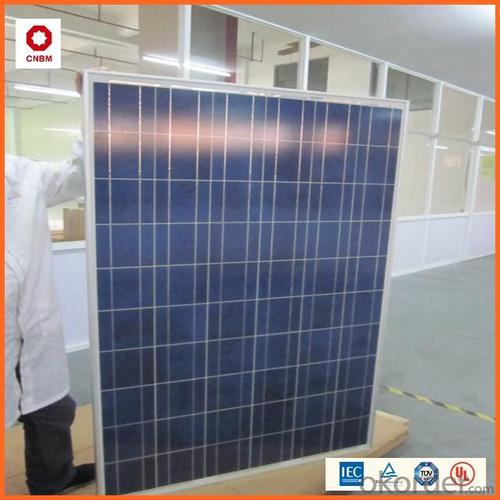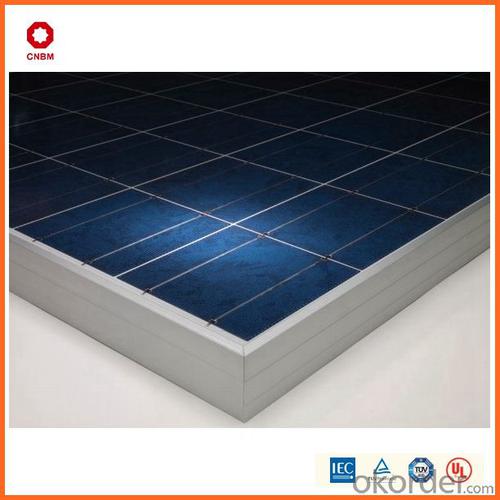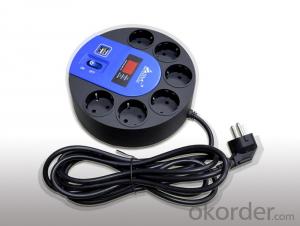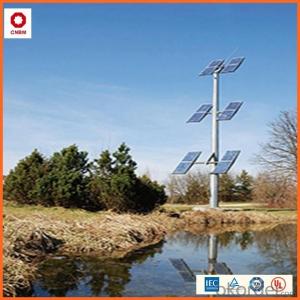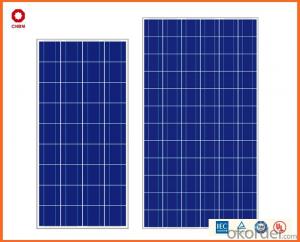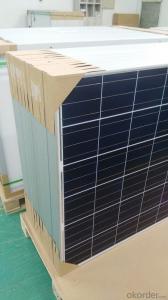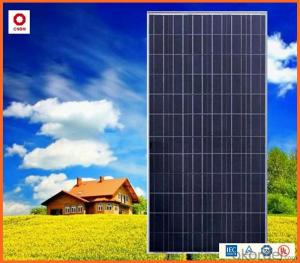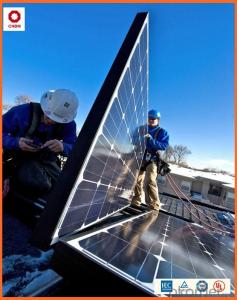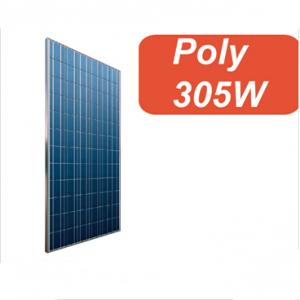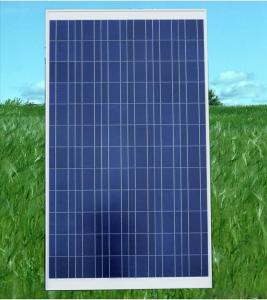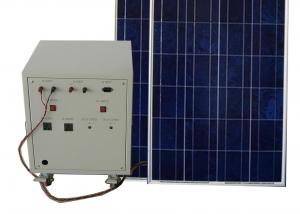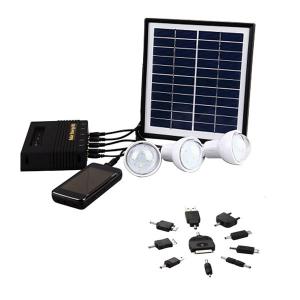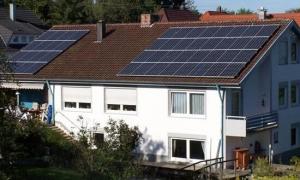305W Poly Solar Panel 0.45/W A Grade - ABCs of Solar Energy Systems
- Loading Port:
- China main port
- Payment Terms:
- TT OR LC
- Min Order Qty:
- 1 watt
- Supply Capability:
- 10000000 watt/month
OKorder Service Pledge
OKorder Financial Service
You Might Also Like
Specification
Product Description:
Hot Sale !!! Quality and Safety of 245w-320w Poly Solar Panel
1. Rigorous quality control meets the highest international standards.
2. High-transmissivity low-iron tempered glass, strong aluminium frame.
3. Using UV-resistant silicon.
4. IS09001/14001/CE/TUV/UL
Warranties of 245w-320w Poly Solar Panel
1. 10 years limited product warranty
2. 15 years at 90% of the minimal rated power output
3. 25 years at 80% of the minimal rated power output
Specification
Characteristics of Poly solar panels CNBM (245-320W) | |||||
Max Power Voltage Vmp(V) | 30.3 | 30.8 | 31.1 | 31.4 | 31.85 |
Max Power Current Imp(A) | 7.60 | 7.64 | 7.73 | 7.81 | 7.85 |
Open Circuit Voltage Voc(V) | 36.1 | 36.6 | 37 | 37.3 | 37.68 |
Short Circuit Current Isc(A) | 8.50 | 8.55 | 8.65 | 8.75 | 8.85 |
Max Power Pm(W) | 230W | 235W | 240W | 245W | 250W |
Temperature Coefficient of Cells Poly solar panels CNBM (245-320W) | |
NOCT | 45 ± 2 |
Temperature Coeffucients of Isc | 0.0492 |
Temperature Coeffucients of Voc | -0.3374 |
Temperature Coeffucients of Voc | -0.4677 |
Mechanical Data of Poly solar panels CNBM (245-320W) | |
Dimension | 1638 × 982 × 40 mm |
Weight | 19.5 kg |
No. of Cells and Connections | 60 (6 ×10) |
Tolerance | 0 ~ + 5 W |
Cell | Monocrystalline Cell 156 × 156 mm |
Packing | 624 Pcs/40ft(H) Container |
Limits of Poly solar panels CNBM (245-320W) | |
Operating Temperature | -40 to +85 |
Storage Temperature | -40 to +85 |
Max System Voltage | 1000VDC(IEC) / 600VDC(UL) |
Features of our products:
• High conversion efficiency mono/poly-crystalline amorphous silicon solar cells
• Modules incorporate high performance bypass diodes to minimize the power drop caused by shading
• High transmittance, low-iron tempered glass
• High performance EVA encapsulant to prevent destroying and water.
• AI frame: without screw, corner connection. 8 holes on the frame can be installed easily
• Good performance of preventing from atrocious weather such as wind and hails
• Certifications: CE IEC TUV VDE UL, Class I
• 10 years 90% power output warranty
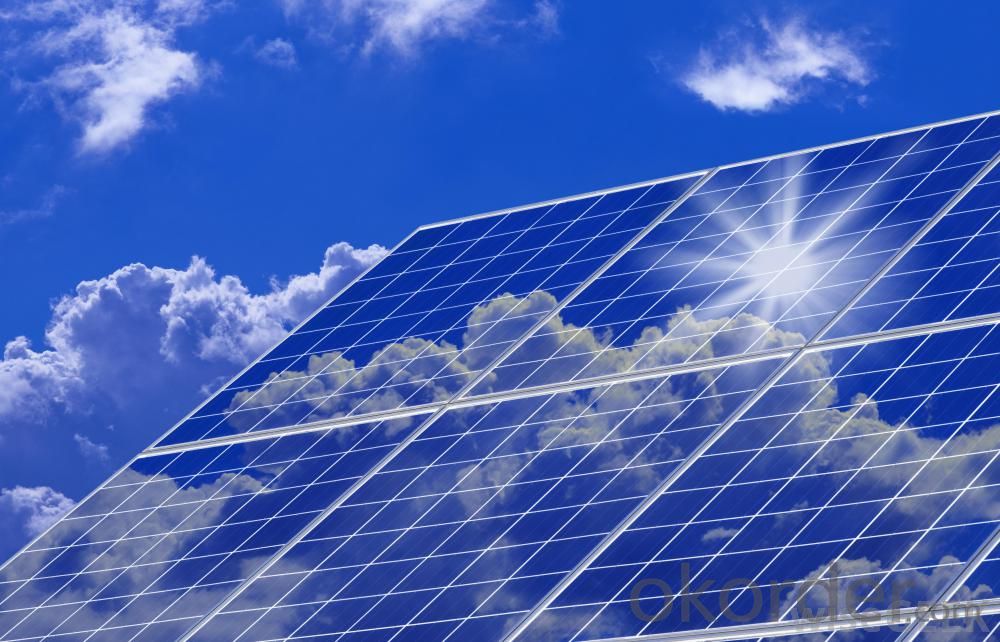
Shipping of 245w-320w Poly Solar Panel
By Sea | Delivery from Shanghai or Ningbo seaport |
By Air | Departure from Shanghai Pudong Airport |
By Express | Post by DHL, EMS, UPS, TNT. |
- Q: How do solar energy systems affect job growth in the renewable energy sector?
- Solar energy systems have a positive impact on job growth in the renewable energy sector. The installation, maintenance, and manufacturing of solar panels create numerous employment opportunities. Additionally, the growth of the solar industry prompts the development of related sectors, such as research and development, engineering, and sales, further contributing to job creation. Overall, solar energy systems play a significant role in fostering job growth within the renewable energy sector.
- Q: How do solar energy systems impact roof maintenance and repairs?
- Solar energy systems can have both positive and negative impacts on roof maintenance and repairs. On one hand, the installation of solar panels can provide an additional layer of protection to the roof, shielding it from the elements and prolonging its lifespan. However, roof maintenance becomes more challenging as solar panels need to be temporarily removed or adjusted during inspections or repairs. Additionally, the installation process itself may cause minor damage to the roof, which should be promptly addressed to prevent any long-term issues. Overall, proper planning, regular inspections, and timely repairs are crucial to ensure the optimal performance of both the solar energy system and the roof.
- Q: Can solar energy systems be used for powering electric vehicle sharing programs?
- Yes, solar energy systems can be used to power electric vehicle sharing programs. Solar energy is a renewable and sustainable source of power, making it an ideal solution for reducing carbon emissions and promoting clean transportation. By installing solar panels and utilizing the energy they produce, electric vehicle sharing programs can operate on clean and green energy. This eliminates the reliance on fossil fuels and reduces the overall environmental impact of the program. Additionally, solar energy systems can provide a reliable and cost-effective source of power for charging electric vehicles, making it an efficient and practical solution for powering these programs.
- Q: Can solar energy systems be used in areas prone to hurricanes or earthquakes?
- Yes, solar energy systems can be used in areas prone to hurricanes or earthquakes. While these natural disasters can cause significant damage, solar energy systems are designed to withstand harsh weather conditions. Solar panels are built to be durable and are tested to meet stringent standards for wind and impact resistance. Additionally, solar energy systems do not have any moving parts, which reduces the risk of damage. However, it is important to ensure proper installation and maintenance of solar systems to enhance their resilience in disaster-prone areas.
- Q: Can solar energy systems be used in remote areas without access to the grid?
- Yes, solar energy systems can be used in remote areas without access to the grid. Solar panels can generate electricity from sunlight, which can then be stored in batteries for use during times when the sun is not shining. This off-grid solar power setup allows for the generation and utilization of electricity in remote areas where grid connections are not available.
- Q: Can solar energy systems be used for drying agricultural produce?
- Yes, solar energy systems can be effectively used for drying agricultural produce. Solar drying is a sustainable and cost-effective method that harnesses the sun's energy to remove moisture from crops, fruits, vegetables, and other agricultural products. Solar dryers, such as solar air dryers and solar tunnel dryers, provide a controlled environment for drying, ensuring optimal results. This method helps preserve the nutritional value of the produce while minimizing spoilage and post-harvest losses. Additionally, solar drying reduces the reliance on fossil fuels and contributes to a greener and more sustainable agricultural sector.
- Q: How much electricity can a solar energy system generate?
- The amount of electricity a solar energy system can generate depends on various factors such as the size of the system, location, weather conditions, and efficiency of the solar panels. On average, a residential solar energy system can generate enough electricity to cover a significant portion of a household's energy needs, potentially even producing surplus energy that can be fed back into the grid. Commercial-scale solar energy systems can generate even larger amounts of electricity, powering entire buildings or even communities.
- Q: Is it possible to sell excess electricity generated by a solar energy system?
- Yes, it is possible to sell excess electricity generated by a solar energy system through a process known as net metering or feed-in tariffs. These programs allow homeowners or businesses with solar panels to sell their surplus power back to the grid, effectively offsetting their electricity costs and potentially earning income.
- Q: Can solar energy systems be used in areas with limited roof space due to chimneys or vents?
- Indeed, solar energy systems can still function effectively in areas where roof space is restricted due to chimneys or vents. Although solar panels typically require unobstructed roof space to achieve optimal efficiency, there are alternative solutions accessible for areas with limited roof space. One feasible approach involves installing solar panels on adjacent flat or sloped surfaces, such as the ground or a nearby wall. These ground-mounted or wall-mounted solar systems can be adjusted to maximize exposure to sunlight, ensuring that the panels generate a substantial amount of energy. Another solution entails utilizing solar technologies specifically designed for limited roof space. For instance, solar tiles can be seamlessly integrated into the roof itself, replacing conventional roofing materials while simultaneously harnessing solar energy. These solar tiles can be installed around chimneys, vents, or any other obstructions on the roof, efficiently utilizing the available space. Furthermore, solar energy systems can be combined with other renewable energy sources, such as wind turbines or geothermal systems, to compensate for the limited roof space. By diversifying the sources of renewable energy, it becomes possible to meet the energy requirements of an area even with restricted roof space. In conclusion, despite the challenges posed by limited roof space due to chimneys or vents, there are still viable options for employing solar energy systems. By exploring alternative mounting options, utilizing solar tiles, or combining solar with other renewable energy sources, it becomes feasible to harness solar power in areas with restricted roof space.
- Q: What happens to excess solar energy produced?
- Excess solar energy produced can be stored in batteries for later use, fed back into the grid, or utilized to power other devices or systems such as heating or cooling systems.
Send your message to us
305W Poly Solar Panel 0.45/W A Grade - ABCs of Solar Energy Systems
- Loading Port:
- China main port
- Payment Terms:
- TT OR LC
- Min Order Qty:
- 1 watt
- Supply Capability:
- 10000000 watt/month
OKorder Service Pledge
OKorder Financial Service
Similar products
Hot products
Hot Searches
Related keywords
